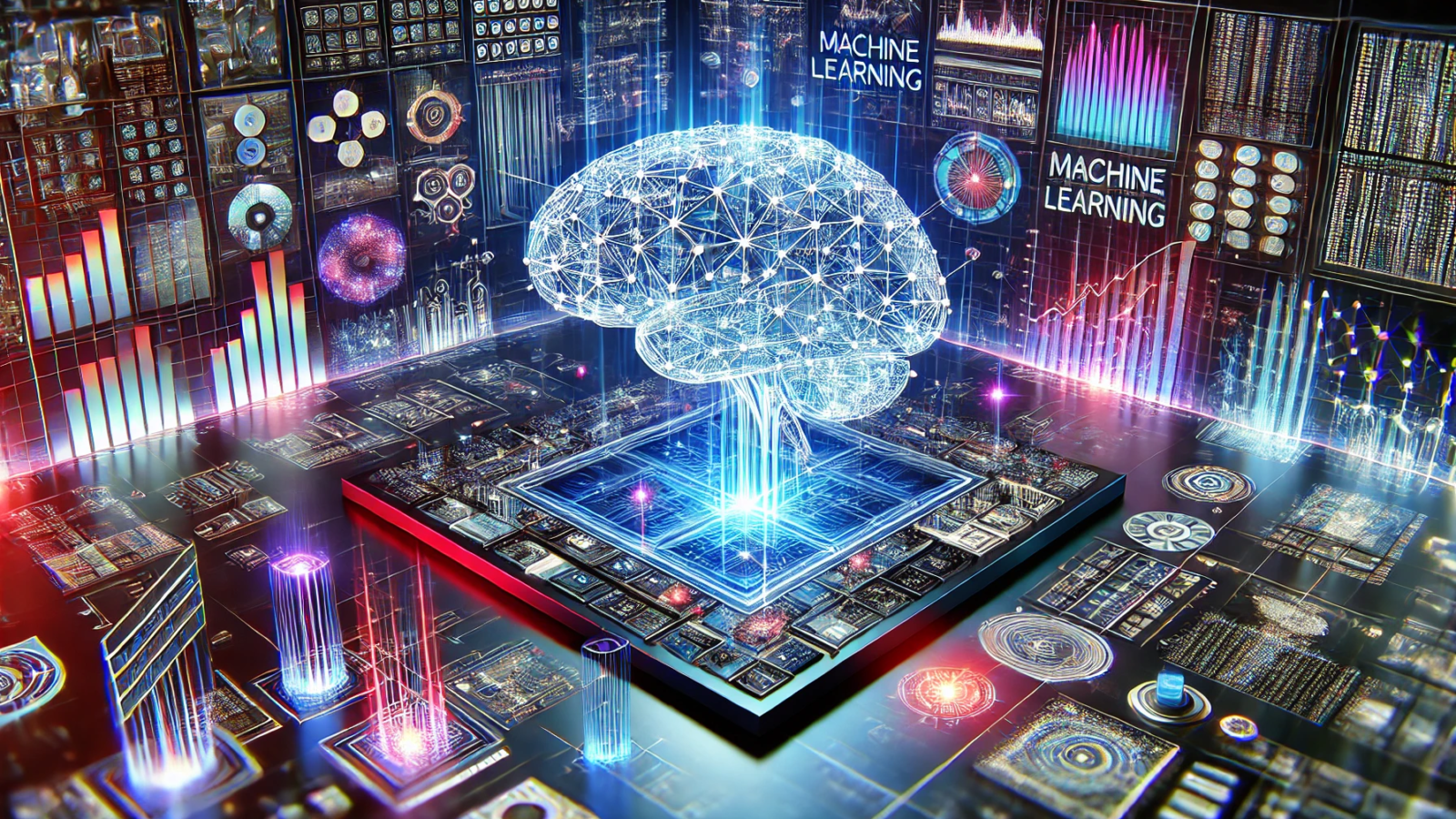Machine learning (ML) has become a pivotal technology in the modern digital landscape, influencing numerous sectors and driving innovation. It is a subset of artificial intelligence (AI) that focuses on building systems that can learn from data, identify patterns, and make decisions with minimal human intervention.
What is Machine Learning?
Machine learning involves the use of algorithms and statistical models to enable computers to improve their performance on a specific task over time with experience. Unlike traditional programming, where explicit instructions are given to the computer, machine learning allows systems to learn and adapt by analyzing data.
Key Concepts in Machine Learning
- Algorithms: The core of machine learning is its algorithms. These are mathematical models that process data and learn from it. Common algorithms include linear regression, decision trees, support vector machines, and neural networks.
- Data: High-quality and relevant data are crucial for training machine learning models. The data is split into training and testing sets to evaluate the model’s performance.
- Training: This is the process where the model learns from the training data. The algorithm adjusts its parameters to minimize errors and improve accuracy.
- Validation and Testing: After training, the model is validated and tested with separate data to ensure it performs well on unseen data. This helps in assessing the model’s generalizability.
- Supervised vs. Unsupervised Learning:
- Supervised Learning: The algorithm learns from labeled data, where the input-output pairs are known. Examples include classification and regression tasks.
- Unsupervised Learning: The algorithm identifies patterns and relationships in unlabeled data. Examples include clustering and association.
- Reinforcement Learning: A type of learning where an agent learns to make decisions by performing actions and receiving rewards or penalties. It is widely used in areas like robotics and game AI.
Applications of Machine Learning
Machine learning has diverse applications across various industries:
- Healthcare: ML algorithms assist in diagnosing diseases, predicting patient outcomes, and personalizing treatment plans.
- Finance: ML models are used for credit scoring, fraud detection, algorithmic trading, and risk management.
- Retail: Personalized recommendations, inventory management, and customer segmentation are some of the areas enhanced by machine learning.
- Automotive: Self-driving cars rely heavily on machine learning for perception, decision-making, and navigation.
- Natural Language Processing (NLP): Applications include language translation, sentiment analysis, and chatbots.
Challenges in Machine Learning
- Data Quality and Quantity: Machine learning models require vast amounts of high-quality data, which can be challenging to obtain.
- Overfitting and Underfitting: Overfitting occurs when a model learns the training data too well, including noise, while underfitting happens when a model is too simple to capture the underlying pattern.
- Computational Resources: Training complex models, especially deep learning models, requires significant computational power.
- Interpretability: Some models, particularly deep neural networks, are often seen as “black boxes” because their decision-making processes are not easily interpretable.
Future Trends in Machine Learning
- Explainable AI: Efforts are being made to develop models that are more transparent and interpretable.
- Edge Computing: Running ML algorithms on local devices (edge) rather than centralized servers (cloud) to reduce latency and increase efficiency.
- AutoML: Automated machine learning aims to make ML more accessible by automating the process of model selection and hyperparameter tuning.
- Ethical AI: Addressing issues related to bias, fairness, and accountability in machine learning systems.
Conclusion
Machine learning is transforming how we interact with technology and is driving significant advancements across various fields. While it presents numerous opportunities, it also poses challenges that need to be addressed. Continued research and development in this area will further enhance the capabilities and applications of machine learning, making it an integral part of our future.
References
- Mitchell, T. (1997). “Machine Learning.” McGraw Hill.
- Goodfellow, I., Bengio, Y., & Courville, A. (2016). “Deep Learning.” MIT Press.
- “Machine Learning: A Probabilistic Perspective” by Kevin P. Murphy.
- “An Introduction to Statistical Learning” by Gareth James, Daniela Witten, Trevor Hastie, and Robert Tibshirani.
- MIT Technology Review
- TechRadar


Add a Comment